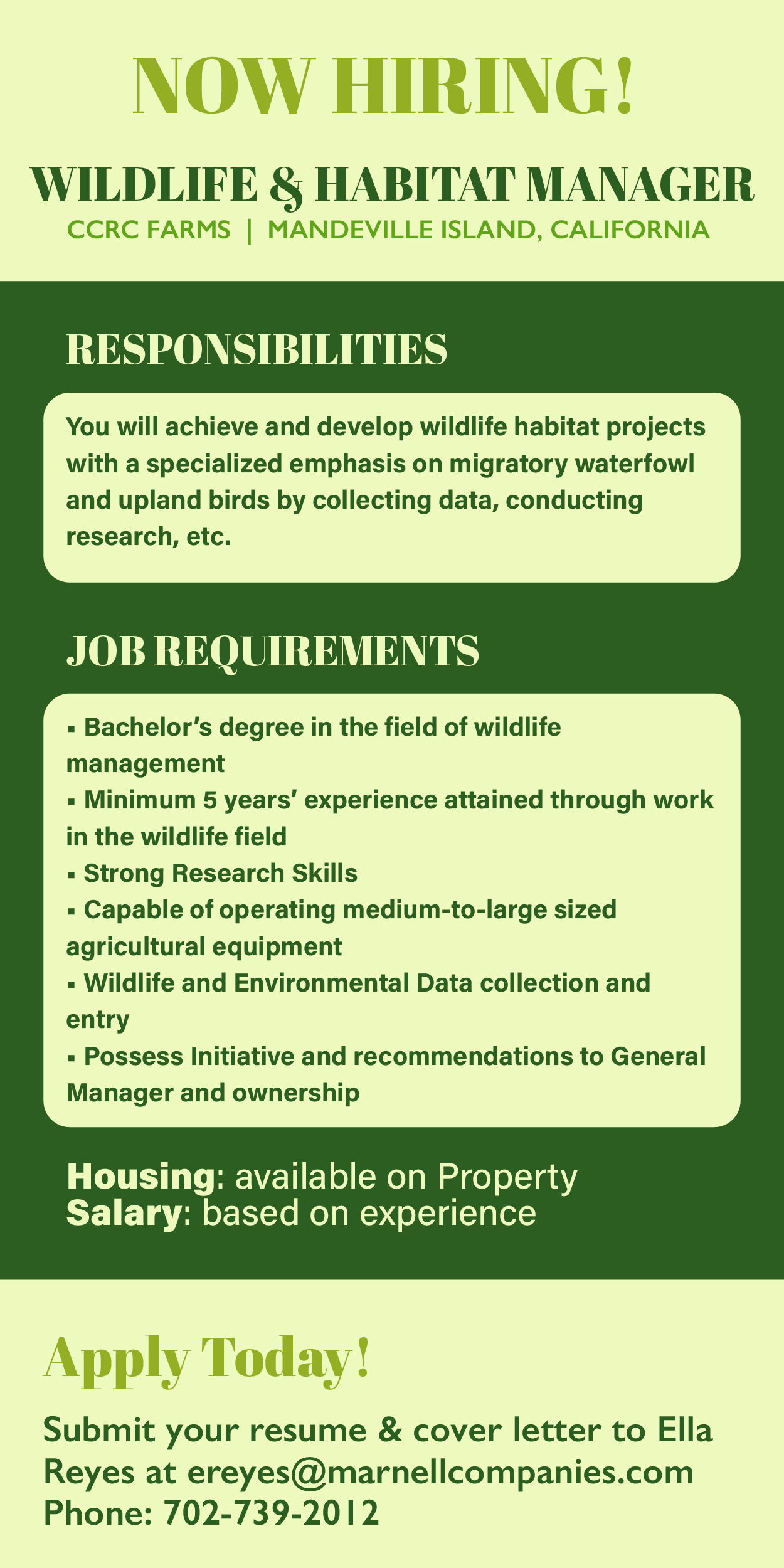Earlier this month, four undergraduates, one grad student and a professor, all from the atmospheric science department, launched a weather balloon 65,000 feet into the air to take pictures and receive weather data.
The team not only sent up a camera but a radiosonde – a device that records temperature, pressure and dew point. With this, the team was able to gather a profile of the atmosphere as well as images – a first for this kind of experiment.
Alex Neigher, a sophomore atmospheric science major explained that the team placed a camera, a GPS-enabled cell phone and the radiosonde into a simple Styrofoam picnic container and hoped for the best.
“We packed everything into the basket and attached it to the balloon at a park in Napa Valley,” Neigher said. “As soon as we let it fly, we jumped in our cars and began tracking it with cell phones.”
The team was able to accurately predict where the balloon would land given the information they were receiving from the balloon. In about an hour, the balloon had traveled over 80 kilometers on earth, and almost ten miles up. The balloon popped at approximately 65,000 feet. Planes fly at 30,000 feet.
“It was crazy to think that this balloon had traveled to the upper 99th percentile of the atmosphere and back down in just around an hour,” Neigher said. “Only a few people in history have been up that high, and now something I helped create had done something similar.”
The balloon landed in Knights Landing, about 10 miles outside of Woodland. Daniel Swain, a junior atmospheric science major and President of the American Meteorology Society at UC Davis, who lead the project, along with Jilmarie Stephens described his feelings as ecstatic when he first saw that the box had landed.
“I immediately knew the whole thing had been a success when I saw the first picture,” Swain said. “It was like a Google Earth satellite image of the Central Valley – you could see farmland, rivers, towns … everything. I was stunned that despite all the complications and things that could easily have gone wrong, we got these amazing photographs of Northern California from near-space.”
This kind of experiment has been conducted in the past. Last fall, a pair of MIT students attempted the same kind of project. Swain, however, explained that because his interest was the atmosphere, something extra was needed.
“That’s why we sent up the radiosonde with all the meteorological instrumentation,” Swain said. “So we could correlate the photos we took with the atmospheric conditions at various points up through the stratosphere.”
Advisor to the group was Professor Kyaw Tha Paw U from the atmospheric science department. Apart from getting access to the radiosonde, Paw U insisted that he didn’t play a big part in the project, maintaining that it was the students’ accomplishment.
“The use of redundant GPS modules – cell phone and radiosonde – for mission critical components is something that NASA does,” Paw U said. “It shows the high level of sophistication of our UC Davis students that even the MIT students didn’t have.”
Paw U explained that although NASA and the Air Force do similar projects, it has never been with such a low budget. All the funding came directly from the students involved. In total it cost under $200.
The group was featured on KCRA 3 news, where they showed off their equipment and pictures on air.
“Jil and I had to rush out of a midterm just to make the interview,” Swain said. “But I was glad to have the opportunity to promote the atmospheric science program, the department and the university.”
Neigher and Swain both agree that there will undoubtedly be similar experiments in the future.
“We’ll probably allow our camera rig to go higher into the stratosphere – perhaps 100.000 feet,” Swain said. “We also hope to launch during different weather conditions, perhaps when there are thunderstorms around.”
All the students involved in the project are currently members of The Aggie forecasting team.
ANDY VERDEROSA can be reached at campus@theaggie.org.




